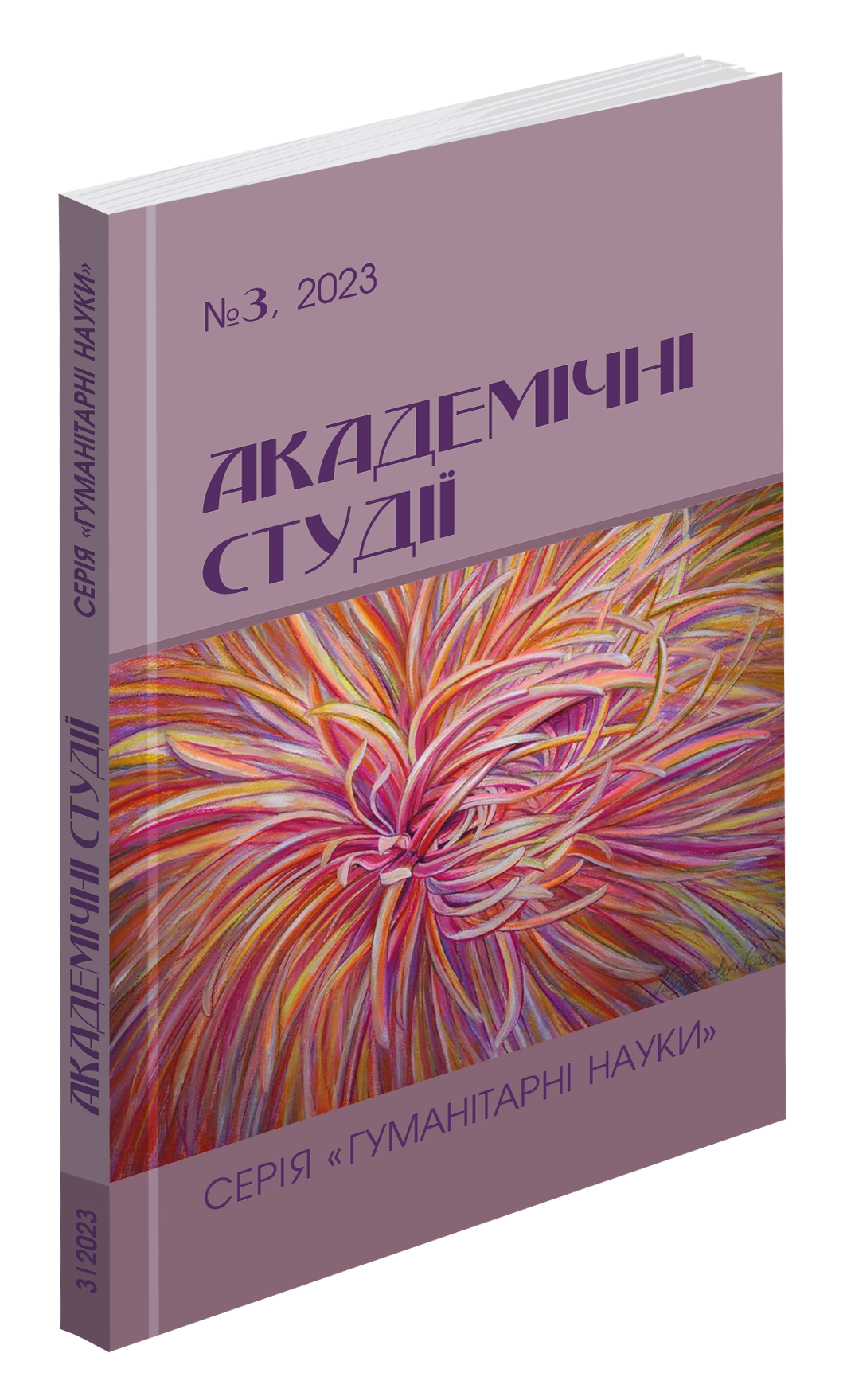Abstract
The article under consideration provides a comparative analysis of the images of women in Chinese manhua and Japanese manga. Its goal was to find the standard and different features in depicting the female identity and role in the cultural works of both countries. The attention of the research focuses on the analysis of the structure of the plots, types of characters, stylistics of the picture, and approaches to the topic of femininity and gender stereotypes. The publication examines the influence of the cultural context and historical events on the formation of female images, as well as the main trends in the development of manhua and manga, which are observed in the modern world. The study helps better understand the diversity of cultural approaches to portraying women in the mass media and their impact on the perception of gender roles in society. The study pays special attention to the cultural contexts in which manhua and manga were formed. Manhua, as the Chinese equivalent of manga, is noted for its distinct aesthetics and themes that reflect Chinese culture, mythology, and history. Some stories in manhua were created in the context of Confucian traditions in defining the role of women in Chinese society. However, there are works in which there is a conflict between traditional patriarchal ideas about the role of women and the modern heroine’s desire for independence and personal happiness. Japanese manga reflects Japanese spiritual values, social changes, and cultural influences. Manga is unique in its wide range of genres, including fantasy, science fiction, romance, and others. Japanese manga also presents complex aspects of gender identity and attitudes towards women in Japanese society that have remained unchanged since ancient times. Thus, the cultural context and historical events influenced the features of the representation of women in Chinese manhua and Japanese manga, which, despite their common origins, have significant differences under modern conditions.
References
Бєлов Д. (2021) Дослідження коміксу в сучасній гуманітаристиці. Український журнал з бібліотекознавства та інформаційних наук. № 8. С. 27–50.
Колісник О. В. (2022) Специфіка сучасних коміксів : традиції та інновації. Графічний дизайн в інформаційному та візуальному просторі : монографія / за заг. ред. М. В. Колосніченко. Київ : КНУТД. С. 16–34.
Савчук М. Комікс. Енциклопедія сучасної України / ред. І. Дзюба, А. Жуковський, М. Железняк та ін. (2014) ; НАН України, НТШ. Київ : Інститут досліджень НАН України. URL: https://esu.com.ua/article-1449
Історія розвитку манги. URL : https://sites.google.com/site/ucenica11klassuromancuka/home/istoria-rozvitkumangi
Трофимченко А. Л. (2020) Китайська цивілізація: традиції та сучасність : матеріали XIV міжнародної наукової конференції, 5 листопада 2020 р. Київ : Видавничий дім «Гельветика». С. 120–124.
Ebrey, Patricia Buckley (1996) Women in Traditional China. Signs Vol. 21, № 2, The University of Chicago Press, 428 р.
Guide to Women's Studies in China, (eds. Hershatter, Gail; Honig, Emily; Mann, Susan; Rofel, Lisa.) (1998) China Research Monograph, 50. Berkeley : University of California, Institute of East Asian Studies. 211 p.
Li Yu-Nin (1992) Chinese Women Through Chinese Eyes, by Routledge. 272 р.
Robin E. Brenner (2007) Understanding manga and anime, Westport, Connecticut, London. 55 p.
Premodern China, Korea, and Japan. 1st ed., University of California Press, 2003. URL: http://www.jstor.org/stable/10.1525/j.ctt1pp3b9
Wong Yin-lee, Cong Shici Kan Zhonggou Funu Xintai (1983) Chinese Women’s Psychology as Seen in their Poetry, Hong Kong. Р. 40–72.
漫画 – 《中国大百科全书》第三版网络版.《中国大百科全书》第三版网络版[引用日期. Велика китайська бібліотека. URL: https://baike.baidu.com/reference/178351/1cdbzdXIZ0N6rG37u8grrgC4wYFvonnExzMEg
hzX3U7PBhXfr48J-rosukvUZqC3efeHmEz7u0yt76GHve0llCGUeFWJuyV5cvk1RzvwglLagkVsKrShM93WIhC
RYKuKxvQ9HOc

